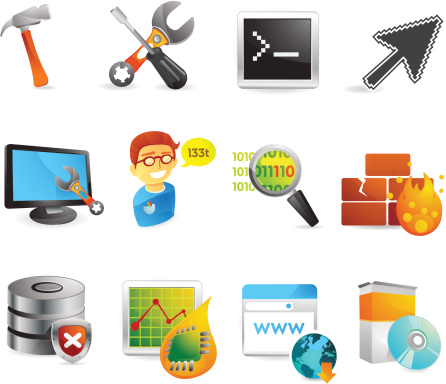Difference Between UNIX and Solaris

UNIX is an Operating System (OS) made by AT&T in 1960 with the purpose of offering a multiuser, multitasking systems for the programmers. UNIX was developed depending on the principle that the easy and powerful utilities could be joined simply to offer a variety of tasks. Nevertheless, the word UNIX relates more to a kind of operating system that complies with a particular specification. This depends on the initial UNIX operating system rather than to a certain implementation of an operating system. On the other hand, Solaris is a commercial variant of UNIX among others such as HP-UX and AIX, and has the UNIX registered trademark on it. Initially, it was created by Sun Microsystems but it is presently owned by the Oracle Corporation. As a result of this, Solaris is named as the Oracle Solaris.
Make sure you know that UNIX is an Operating system and Solaris is an Operating System depending on UNIX. It is a generic term which details various and similar operating systems. Moreover, Solaris can officially use the UNIX trademark. It consists of features such as DTRace and the ZFS file system that is not there in other UNIX implementations. Also, it is made just to work with SPARC systems than other UNIX implementations. Be aware that there are other inexpensive UNIX like implementations like Linux. However, Solaris is popular for its adaptability for identical multiprocessing and scalability on SPARC systems.
Instructions
-
1
UNIX
It is an operating system that concentrates on offering the programmers a multiuser, multitasking system. It is created by three major components. The first is kernel which is the main part of the Unix operating system. Kernel maintains notice of the hardware like processors, memory and others. It also communicates with the devices attached to it. The other two components are the standard utility programs and the set of system configuration files.
-
2
Solaris
Solaris is the commercial variant of UNIX. Back in the days, it was tightly coupled with Sun’s SPARC hardware and was advertised as a dual package. However, nowadays it is also compatible with x86 based workstations and servers. Vendors such as Dell, IBM, Intel, Hewlett-Packard and Fujitsu Siemens support it in their x86 servers. Solaris also brought features like DTrace, ZFS and Time Slider. Presently, its features are Doors and Service Management Facility among others.







